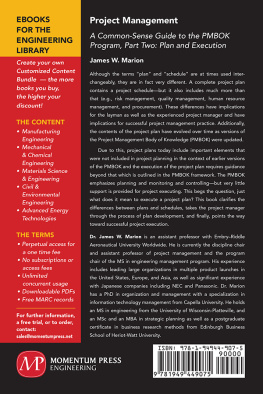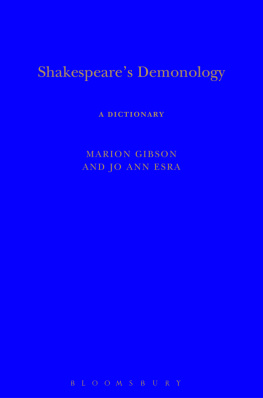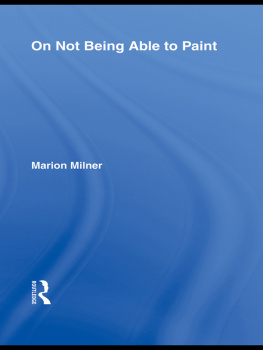F. Marion (Francis Marion) Crawford - Ave Roma Immortalis, Vol. 2
Here you can read online F. Marion (Francis Marion) Crawford - Ave Roma Immortalis, Vol. 2 full text of the book (entire story) in english for free. Download pdf and epub, get meaning, cover and reviews about this ebook. year: 2011, publisher: Bod Third Party Titles, genre: Detective and thriller. Description of the work, (preface) as well as reviews are available. Best literature library LitArk.com created for fans of good reading and offers a wide selection of genres:
Romance novel
Science fiction
Adventure
Detective
Science
History
Home and family
Prose
Art
Politics
Computer
Non-fiction
Religion
Business
Children
Humor
Choose a favorite category and find really read worthwhile books. Enjoy immersion in the world of imagination, feel the emotions of the characters or learn something new for yourself, make an fascinating discovery.

- Book:Ave Roma Immortalis, Vol. 2
- Author:
- Publisher:Bod Third Party Titles
- Genre:
- Year:2011
- Rating:5 / 5
- Favourites:Add to favourites
- Your mark:
- 100
- 1
- 2
- 3
- 4
- 5
Ave Roma Immortalis, Vol. 2: summary, description and annotation
We offer to read an annotation, description, summary or preface (depends on what the author of the book "Ave Roma Immortalis, Vol. 2" wrote himself). If you haven't found the necessary information about the book — write in the comments, we will try to find it.
Ave Roma Immortalis, Vol. 2 — read online for free the complete book (whole text) full work
Below is the text of the book, divided by pages. System saving the place of the last page read, allows you to conveniently read the book "Ave Roma Immortalis, Vol. 2" online for free, without having to search again every time where you left off. Put a bookmark, and you can go to the page where you finished reading at any time.
Font size:
Interval:
Bookmark:

MACMILLAN AND CO., Limited
New York: The Macmillan Company
1899
All rights reserved
Copyright, 1898,
By The Macmillan Company.
Set up and electrotyped October, 1898. Reprinted November,
December, 1898; January, 1899.
Norwood Press
J. S. Cushing & Co.Berwick & Smith
Norwood, Mass., U.S.A.
PAGE
Region VII Regola
Region VIII Sant' Eustachio
Region IX Pigna
Region X Campitelli
Region XI Sant' Angelo
Region XII Ripa
Region XIII Trastevere
Region XIV Borgo
Leo the Thirteenth
The Vatican
Saint Peter's
FACING PAGE
Palazzo Farnese
The Pantheon
The Capitol
General View of the Roman Forum
Theatre of Marcellus
Porta San Sebastiano
The Roman Forum, looking west
The Palatine
Castle of Sant' Angelo
Pope Leo the Thirteenth
Raphael's "Transfiguration"
Michelangelo's "Last Judgment"
Panorama of Rome, from the Orti Farnesiani
Region VII Regola, Device of
Portico of Octavia
San Giorgio in Velabro
Region VIII Sant' Eustachio, Device of
Site of Excavations on the Palatine
Church of Sant' Eustachio
Region IX Pigna, Device of
Interior of the Pantheon
The Ripetta
Piazza Minerva
Region X Campitelli, Device of
Church of Aracli
Arch of Septimius Severus
Column of Phocas
Region XI Sant' Angelo, Device of
Piazza Montanara and the Theatre of Marcellus
Site of the Ancient Ghetto
Region XII Ripa, Device of
Church of Saint Nereus and Saint Achilleus
The Ripa Grande and Site of the Sublician Bridge
Region XIII Trastevere, Device of
Ponte Garibaldi
Palazzo Mattei
House built for Raphael by Bramante, now torn down
Monastery of Sant' Onofrio
Equestrian Statue of Marcus Aurelius
Interior of Santa Maria degli Angeli
Palazzo dei Conservatori
Region XIV Borgo, Device of
Hospital of Santo Spirito
The Papal Crest
Library of the Vatican
Fountain of Acqua Felice
Vatican from the Piazza of St. Peter's
Loggie of Raphael in the Vatican
Biga in the Vatican Museum
Belvedere Court of the Vatican
Sixtine Chapel
Saint Peter's
Mamertine Prison
Interior of St. Peter's
Piet of Michelangelo
Tomb of Clement the Thirteenth
Ave atque Vale. Vignette
From a print of the last century
Font size:
Interval:
Bookmark:
Similar books «Ave Roma Immortalis, Vol. 2»
Look at similar books to Ave Roma Immortalis, Vol. 2. We have selected literature similar in name and meaning in the hope of providing readers with more options to find new, interesting, not yet read works.
Discussion, reviews of the book Ave Roma Immortalis, Vol. 2 and just readers' own opinions. Leave your comments, write what you think about the work, its meaning or the main characters. Specify what exactly you liked and what you didn't like, and why you think so.







